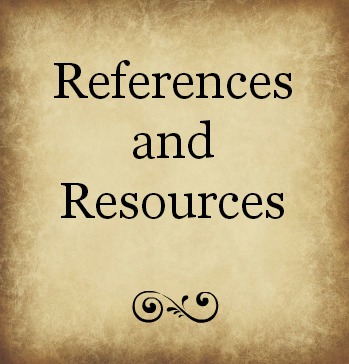The Purpose
Most current teacher evaluation schemes have two major purposes:
1.
They
aim to ensure that teachers perform at their best to enhance student learning
2.
They
seek to improve the teacher’s own practice by identifying strengths and
weaknesses for further professional development
These two approaches refer to assessments of different nature, respectively summative and formative.
How can teacher evaluation improve teaching?
1.
Teachers
learn new information about their own performance during the evaluation and
then develop new skills
2.
Classroom
observations allow teachers to be more reflective about their own practice,
therefore their improved practice will produce improved students outcomes
3.
In
some schools or districts, teachers could be working harder to improve their
skills, in order to receive simple incentives during the year of their
evaluation
What are the elements that I think teachers should be judged on?
1.
Classroom
Observations
2.
Portfolios
3.
Peer-to-Peer Reviews
This strategy allows educators to review,
evaluate, and comment on the work of their colleagues using common standards
and frameworks. As with observations, it is important to provide training and
ongoing calibration, rubrics, and protocols when conducting peer-to-peer
reviews in order to minimize bias.
4. Staff
Planning and Development
Recognizing that principals play a major role in
teacher quality, school leaders can be evaluated on their ability to attract
teachers, develop and grow them, and retain those who are high performing.
Teacher selection instruments, induction and professional development programs,
and teacher evaluations that include instructional feedback can be collected to
assess school leader competencies. Teacher turnover analyses might also provide
insight into which teachers are leaving and why.
5. Surveys of Students, Parents,
and Staff
Surveys help educators understand the
perspectives of various members of the school community and the conditions
critical to student and school success. Surveys have the benefit of being
cost-efficient and time-efficient, however survey results are subject to bias
and should
be considered as part of a larger collection of evaluation
measures.
6. Local indicators
To
reflect local context, evaluations may also factor in indicators such as
student and teacher attendance, graduation/dropout rates, and others. When
considering local indicators, it is important that educators are held
accountable for only those factors for which there is evidence that they can
impact change.
Summary
As
a summary, I think it is important to ensure that all information gathered for
the teacher evaluation can be used to provide educators with valuable feedback
and support in improving their practice. The ultimate goal of an effectiveness
system is to strengthen the quality of teachers and school leaders.
Having
said that, it is also important to keep in mind, that in order for observations
to be reliable, evaluators need to be trained
in how to apply scoring criteria
accurately and consistently, and that data collection process needs to be
monitored. Striking a balance between valid measurement and realistic
implementation is critical.
(Accessed on 12 July 2015)
http://tntp.org/assets/documents/TNTP_RatingATeacherObservationTool_Feb2011.pdf
http://www.state.nj.us/education/AchieveNJ/resources/roadmap.pdf
http://www.oecd.org/site/eduistp13/TS2013%20Background%20Report.pdf
http://tn.gov/education/topic/tvaas
http://education.ohio.gov/Topics/Teaching/Educator-Evaluation-System/Ohio-s-Teacher-Evaluation-System
http://education.ohio.gov/Topics/Teaching/Educator-Evaluation-System/Ohio-s-Teacher-Evaluation-System







